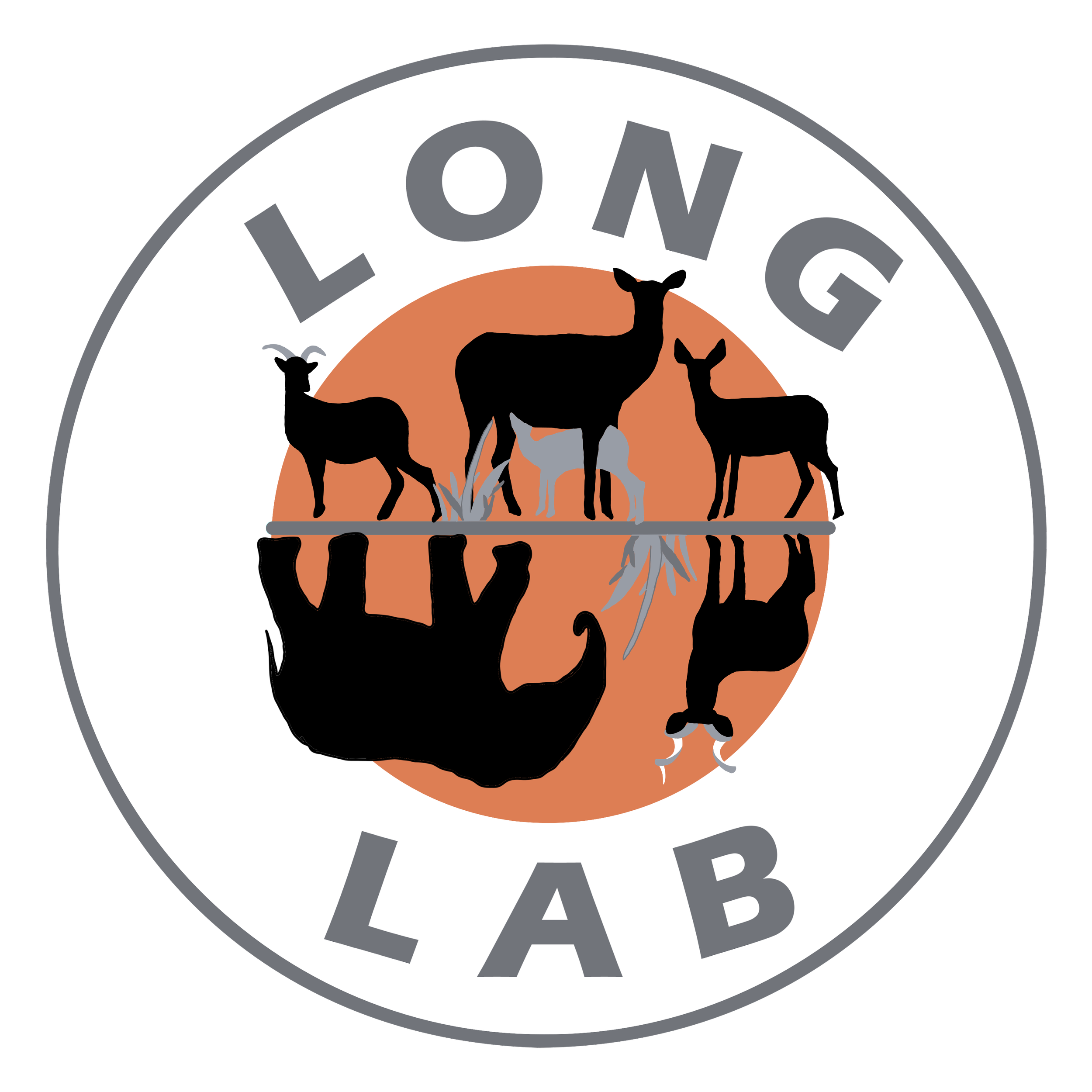Body Size and Behavior
Allometry of Behavior in Spatially Patterned Resource Landscapes
Behavioral plasticity is constrained by morphology and physiology; because these often scale allometrically with body size, so should behavior. Indeed, the allometry of behavior is predicted to emerge from the interaction of (a) size-varying traits that influence animal performance (e.g., energy requirements), and (b) biotic and abiotic habitat attributes, such as the distribution of resources and microclimates. This project integrates observational, experimental, molecular, and modeling approaches to shed new light on the mechanisms that underpin animal behavior and population dynamics in an African savanna ecosystem that is both spatially and seasonally heterogeneous. The study system (Gorongosa National Park, Mozambique) is characterized by spatially patterned termite mounds that govern the distribution of vegetation, nutrients, and microclimates at broad spatial scales, and that are heavily used by three congeneric antelope species (bushbuck, nyala, and kudu, all Tragelaphus spp.) that vary five-fold in body size. This combination of factors presents an ideal opportunity to study the effects of body size and resource distribution on behavior and population dynamics. The unifying concepts of allometric scaling and resource heterogeneity mean that our insights will be generalizable and applicable across ecosystems, including to the management of North American wildlife populations. Broader impacts include development of an immersive, interdisciplinary field course offered to both U.S. and Mozambican students, broad public dissemination of research results via scientifically rigorous short films, and collaboration with park officials to develop effective wildlife-management policies.
Study Location: Gorongosa National Park, Mozambique.
Timeline: This project was initiated in the fall of 2017 in collaboration with Dr. Rob Pringle and Dr. Corina Tarnita at Princeton University. Two PhD students, Hallie Walker and Jeremy Van Driessche, have worked on the project. Hallie successfully defended her dissertation in April, 2023, and you can read about her work here. Jeremy successfully defended his dissertation in July, 2023, and you can read about his work here.
Bushbuck
Nyala
Greater Kudu




